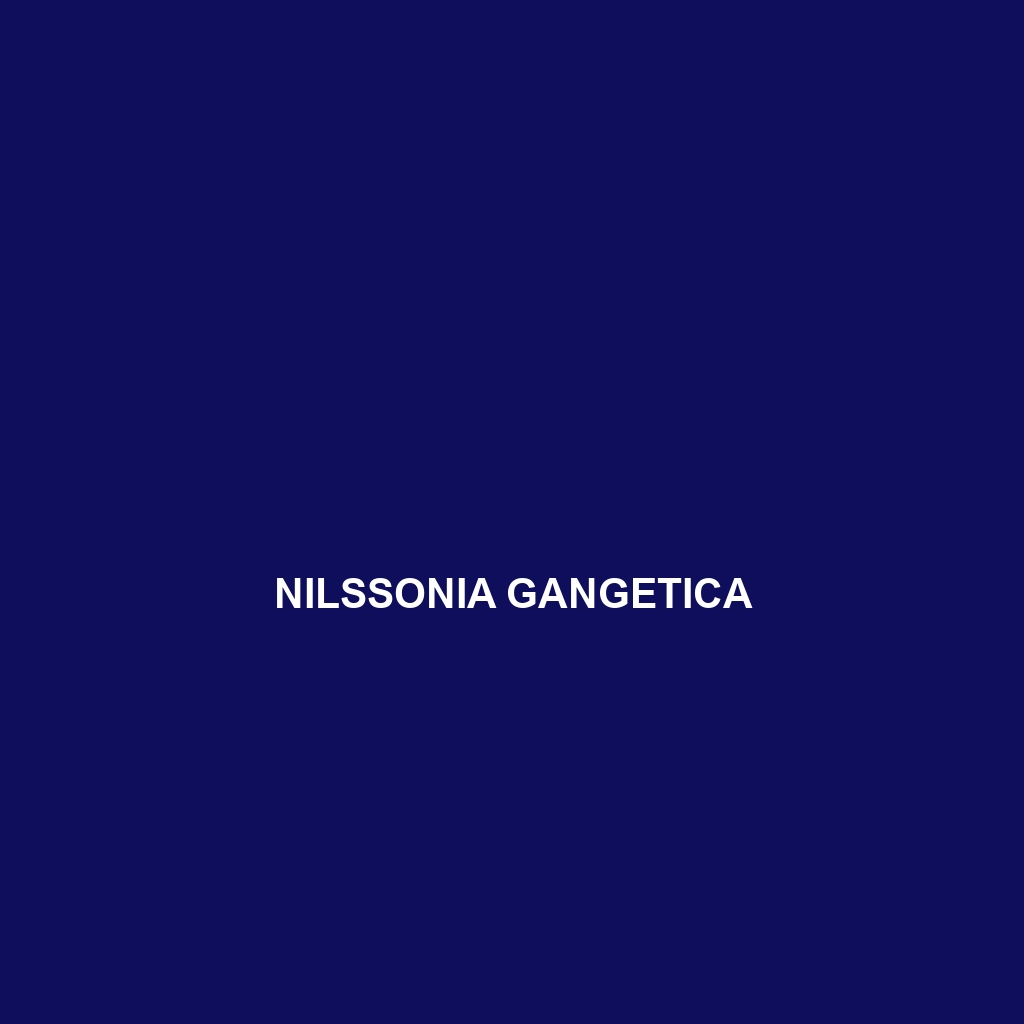Discover the Pelusios rhodesianus, or Rhodesian mud turtle, a vulnerable species native to Africa's freshwater habitats, characterized by its distinctive oval-shaped shell, soft pliable skin, and omnivorous diet. These turtles play a crucial ecological role in controlling aquatic plant and invertebrate populations while showcasing unique behaviors such as basking in groups and burying themselves in mud during dry periods.
Tag: turtle breeding
Pelomedusa subrufa
The African helmeted turtle (Pelomedusa subrufa) is a resilient omnivore found in various freshwater habitats across sub-Saharan Africa, identifiable by its dark, oval-shaped shell and strong neck. Known for its nocturnal behavior and unique helmet-like structure, this species plays a crucial role in maintaining aquatic ecosystem health through its dietary habits.
Pelomedusa olivacea
Introducing the Pelomedusa olivacea, or African mud turtle, a resilient and adaptable species found in tropical and subtropical freshwater habitats across Africa. This omnivorous turtle features an olive-green to brown carapace, thrives in diverse ecosystems, and plays a crucial role in maintaining the health of its aquatic environment.
Nilssonia gangetica
Discover the Nilssonia gangetica, or Indian softshell turtle, known for its flexible, leathery shell and adaptability to warm, shallow freshwater habitats across South Asia. This omnivorous species plays a vital ecological role, contributing to the health of its ecosystem while exhibiting unique behaviors and breeding rituals.
Kinosternon vogti
<b>Kinosternon vogti</b>, also known as <i>Vogt's turtle</i>, is a vulnerable species primarily found in freshwater habitats across Central America, featuring a distinct oval carapace and webbed feet. This omnivorous turtle plays an essential role in its ecosystem, feeding on aquatic plants and small invertebrates while contributing to the balance of its environment.
Cyclemys enigmatica
Discover the intriguing Cyclemys enigmatica, a medium-sized turtle native to Southeast Asia's freshwater habitats. With its distinctive dome-shaped carapace, omnivorous diet, and essential role in maintaining aquatic ecosystems, this shy species is both resilient and vital to biodiversity.





